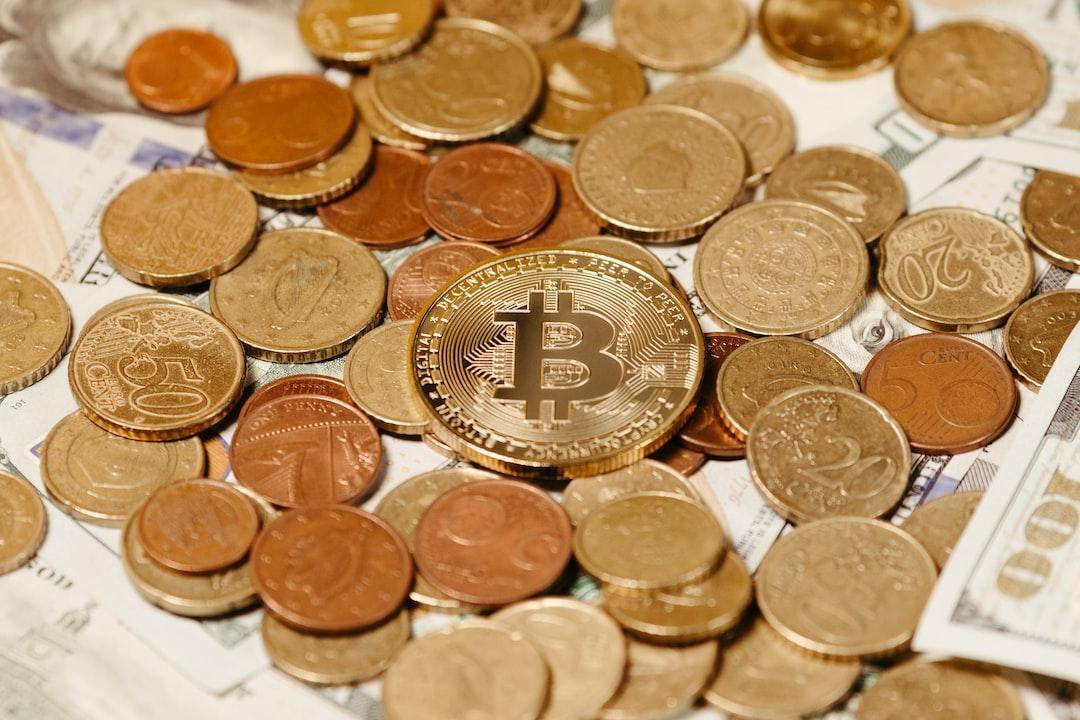Bitcoin (BTC) saw a decline towards $69,000 following the Wall Street opening on April 12, while gold outperformed BTC in terms of price action.
BTC/USD saw lackluster performance towards the end of the week, despite lower outflows from the Grayscale Bitcoin Trust (GBTC). The bid liquidity below $70,000 was quickly exhausted, indicating a lack of optimism for Bitcoin.
The varying spot Bitcoin premiums on major exchanges, particularly Coinbase, were responsible for the dip in Bitcoin price compared to Binance, according to J. A. Maartunn, a contributor to the on-chain analytics platform CryptoQuant.
While Bitcoin struggled, gold hit new record highs of $2,431 per ounce, making it the preferred risk asset. The S&P 500 and Nasdaq 100 indexes were also down around 1% at the time of writing, aligning with Bitcoin’s performance.
Despite gold’s strong performance, some analytics sources, such as The Kobeissi Letter, expressed concerns about its outlier status. They pointed out that the macroeconomic landscape should be conducive to a decrease in gold prices, except for two key factors: central banks stocking up on gold and increasing geopolitical tensions.
BTC/USD has been trading within a narrow range for several weeks, with little news to drive short-term trading decisions. Attention is now focused on the upcoming block subsidy halving, which is expected to bring volatility to the market.
Popular trader and analyst Rekt Capital referred to the current phase as a “re-accumulation phase” and noted that Bitcoin is developing a clear re-accumulation range leading up to the halving. This pattern has been observed in previous halving events.
Rekt Capital also mentioned that this re-accumulation phase could last up to five months, warning that investors might get shaken out due to boredom, impatience, and disappointment with the lack of immediate results after the halving.
It’s important to note that this article does not provide investment advice or recommendations. Readers should conduct their own research and analysis before making any investment decisions.

